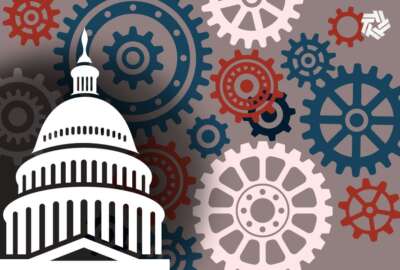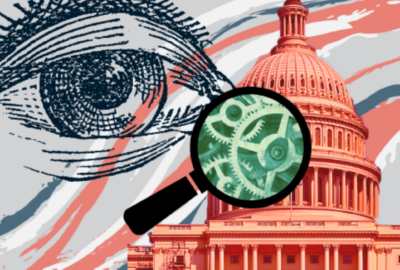Eternal question: What to keep, what to toss out
The Pandemic Response Accountability Committee, by statute, sunsets a year from September 2025, more than five years after onset of the pandemic itself.
Did you ever toss out a tool or appliance, you later wish you still had?
That’s what the government — which still operates a modified version of the Rural Electrification Administration — might do.
The Pandemic Response Accountability Committee, by statute, sunsets a year from September 2025, more than five years after onset of the pandemic itself. This seems logical on first glance. What will be left to oversee years after the trillions have drained away? The sunset model has precedent in the special inspector general operations for Iraq and Afghanistan.
The PRAC, though, received specific funding to construct a data analytics application that uses modern techniques to turn up fraud and abuse. Congress passed the $2.1 trillion Cares Act in 2020 and the $1.9 trillion American Rescue Plan in 2021. Sadly, Congress funded the $40 million PRAC analytic platform in 2021. To borrow from Mark Twain, hundreds of billions of dollars in fraudulent claims ran away before oversight got its boots on. If the PRAC goes, what happens to the tool?
The potential loss of this tool means a monumental amount of work done by employees of the PRAC. I write about it here because somehow, it feels like a colossal waste of effort. On the practical side, agencies lose the future utility of a way of cutting improper payments. On the human side, it somehow disrespects earnest work to stem a terrible waste of money.
As we’ve reported, the PRAC staff itself early on wished it had an earlier analytic tool. The capability built by the Recovery Accountability and Transparency Board disappeared when the sun set on that storied agency in 2015. Note that Horowitz and others at the time urged Congress to preserve it. The request fell on deaf ears. The ill-named RAT oversaw spending under the American Recovery and Reinvestment Act. It was as if the Navy tossed its guns overboard after a battle.
For more than a year, federal oversight officials have urged Congress to preserve the capabilities of the PRAC . Champions include, not surprisingly, PRAC Chairman Michael Horowitz and Comptroller General Gene Dodaro. Now a Senate bill to do just that, from the Homeland Security and Governmental Affairs Committee, has bipartisan backing. Horowitz, who is also inspector general of the Justice Department, has publicly vocalized support for the bill. He argues that the program-agnostic application would help IGs with whatever channel of spending they wish to investigate.
Horowitz envisions the PRAC converting into a sort of service bureau for the Council of Inspectors General on Integrity and Efficiency. Its capabilities and analytics staff would remain available for the inspectors general. It would even abet future prosecutions of pandemic fraud.
More than a tool, the PRAC built what it calls the PACE, its analytic center of excellence. To some degree it may look like bureaucratic self-preservation in wanting the software and the people together. That, too, has precedent. But Congress should look at it on a cost-benefit basis. If each million dollars to operate the PACE results in $10 million in fraud recovery, or $100 million in fraud prevention, then why close it?
Prevention most matters to overseers. It should also matter the most to program managers. Good gosh, they must have sensed how many Payroll Protection Plan, low interest loan, or emergency assistance funds dollars would go into the ether, given the overriding imperative to push the money out as fast as possible. That’s pretty much a guaranteed recipe for waste, fraud and abuse. It’s like building a car to go somewhere fast and hoping to add the brakes later.
The heartbreaking extent of pandemic relief fraud will probably never be known. In round figures the Congress appropriated $5 trillion. Charitably, $1 trillion went to false and fraudulent claims. That’s my estimate. Horowitz laments that detect-prosecute-claw back activities can at best recover 10% of the fraud, however much did occur. If a trillion, well then a hundred billion dollars isn’t nothing, but it’s not like preventing a $1 trillion loss in the first place, or maybe $900 billion of it. Or Congress appropriating only $4 trillion in the first place. Imagine that.
Nearly Useless Factoid
People reported losing $10 billion to scams in 2023. That’s $1 billion more than 2022 and the highest ever in losses reported to the FTC.
Source: Federal Trade Commission
Copyright © 2025 Federal News Network. All rights reserved. This website is not intended for users located within the European Economic Area.
Tom Temin is host of the Federal Drive and has been providing insight on federal technology and management issues for more than 30 years.
Follow @tteminWFED






